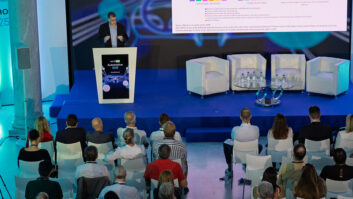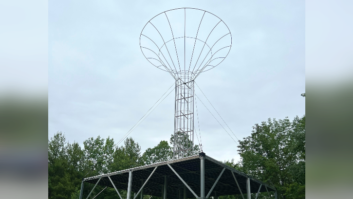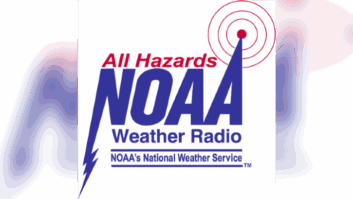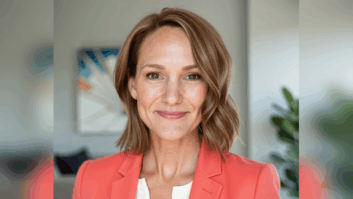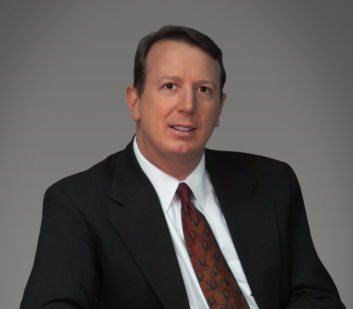 Doug Ferber is vice president of sales for the Americas at Tieline. This interview originally appeared in the free ebook “Streaming for Radio 2021.”
Doug Ferber is vice president of sales for the Americas at Tieline. This interview originally appeared in the free ebook “Streaming for Radio 2021.”
Radio World: Does streaming need to be a bigger part of the radio business strategy?
Doug Ferber: If you believe that you have to be where the listeners are migrating to, then yes, streaming needs to be a bigger part of a radio company’s strategy. At least 10% of a station’s listening is done online, and growing rapidly, right? I think it would be a careless decision to ignore this trend.
RW: What are the problems radio managers need to solve to become successful streamers?
Ferber: Define successful for me. If success means higher listenership, then programmers should be promoting their streams and creating unique content to capture online listening. If driving increases in revenue from online listening is the measure, I’m afraid I don’t have the answer to that question. If I did I’d likely be speaking with you from a big boat on a big lake near a great golf course.
Last I heard nobody makes a profit that is directly attributable to streaming. This is the biggest challenge presented by streaming.
RW: It seems that many radio managers still question whether they can monetize their streams. What advice do you have for them?
Ferber: They should support the NAB and hope that their trade organization can negotiate better music royalty deals. Otherwise they will have to treat the streaming as another necessary cost of doing business.
RW: What misconceptions do many people have about streaming that you’d like to dispel?
Ferber: There are still radio operators out there that don’t believe it to be a critical distribution channel for their content. Remember cable TV in the ’70s? How many people do you know today that watch television using an over-the-air signal?
RW: Do streaming and podcasting benefit or conflict with one another in a media strategy?
Ferber: I think they are complementary. While I’m not convinced of the commercial efficacy of streaming and podcasting (yet), radio should be seen as a platform … over-the-air, streaming, podcasting, live events, digital, etc.
Package these up for advertisers and they will reach your listeners no matter which element of your platform that they are using.
RW: There was an article in Variety with the headline, “As Streaming Dominates the Music World, Is Radio’s Signal Fading?” I’m interested to hear your take on this bigger question of radio’s future in this world of so many audio choices.
Ferber: The effect of competing media is significant, but what some don’t know is that people are consuming more audio in general. Another thing … not everyone has access to the internet. No internet? You won’t find them online. Radio a fading signal? Not yet … it is still very important to hundreds of millions of people in the U.S. market.
RW: Is there a major difference between how commercial and public radio strategize streaming?
Ferber: Public radio is much better at streaming mostly because they offer more local and original programming. Content is king.
RW: What does your company offer for streamers and what sets it apart?
Ferber: Tieline specializes in distributing high-quality broadcast audio between remote locations, studios and affiliates with best-in-class AoIP audio codecs.
These codecs currently integrate Icecast client support as one of several fail-over options when distributing broadcast audio signals over all IP network types. In recognition of the importance of streaming, Tieline Gateway and Gateway 4 codecs will also deliver support for HTTP streaming to servers in 2021, e.g., Icecast.
Along with a range of other IP innovations, this will deliver greater streaming flexibility to broadcasters employing a range of streaming applications across diverse radio network infrastructure.



